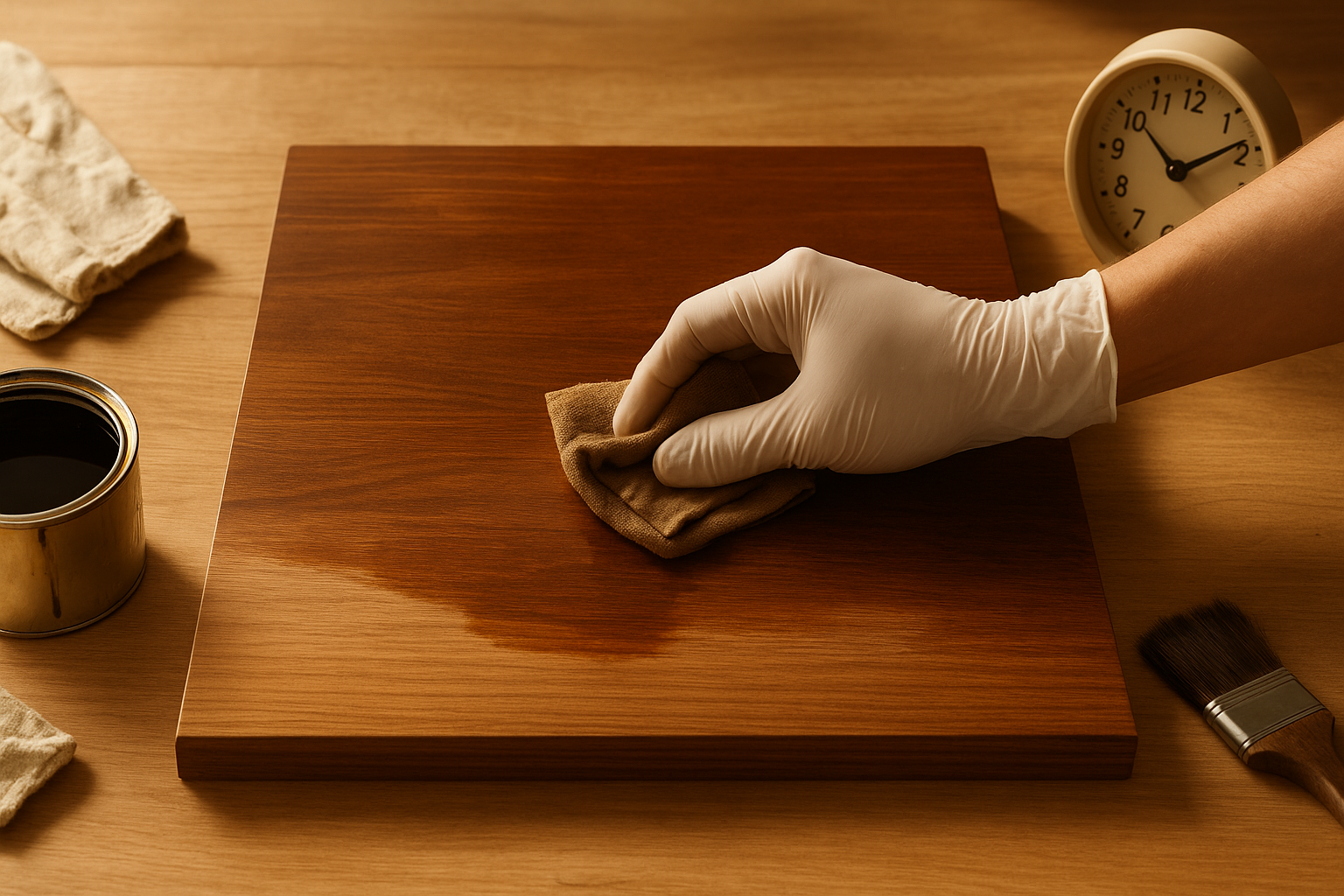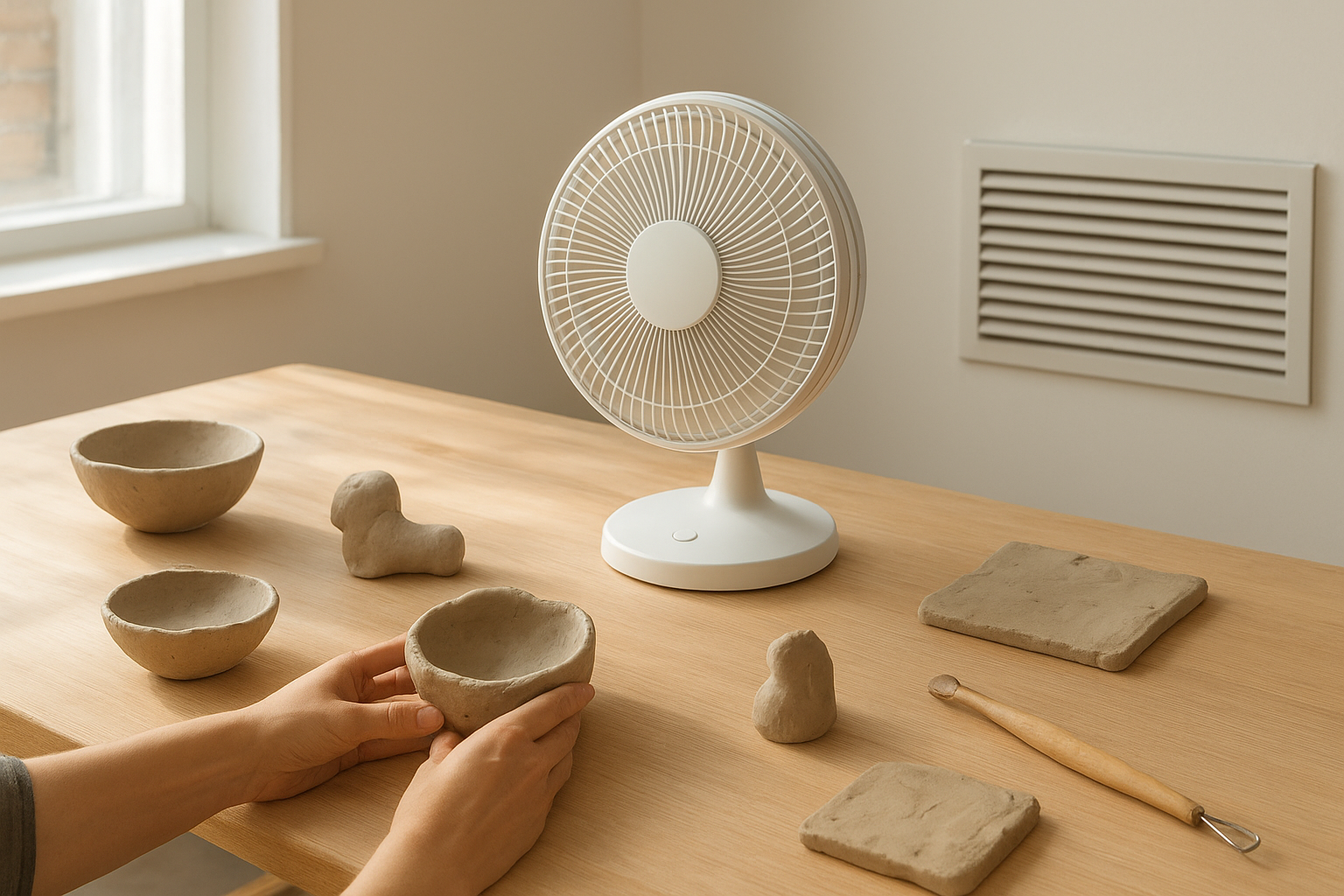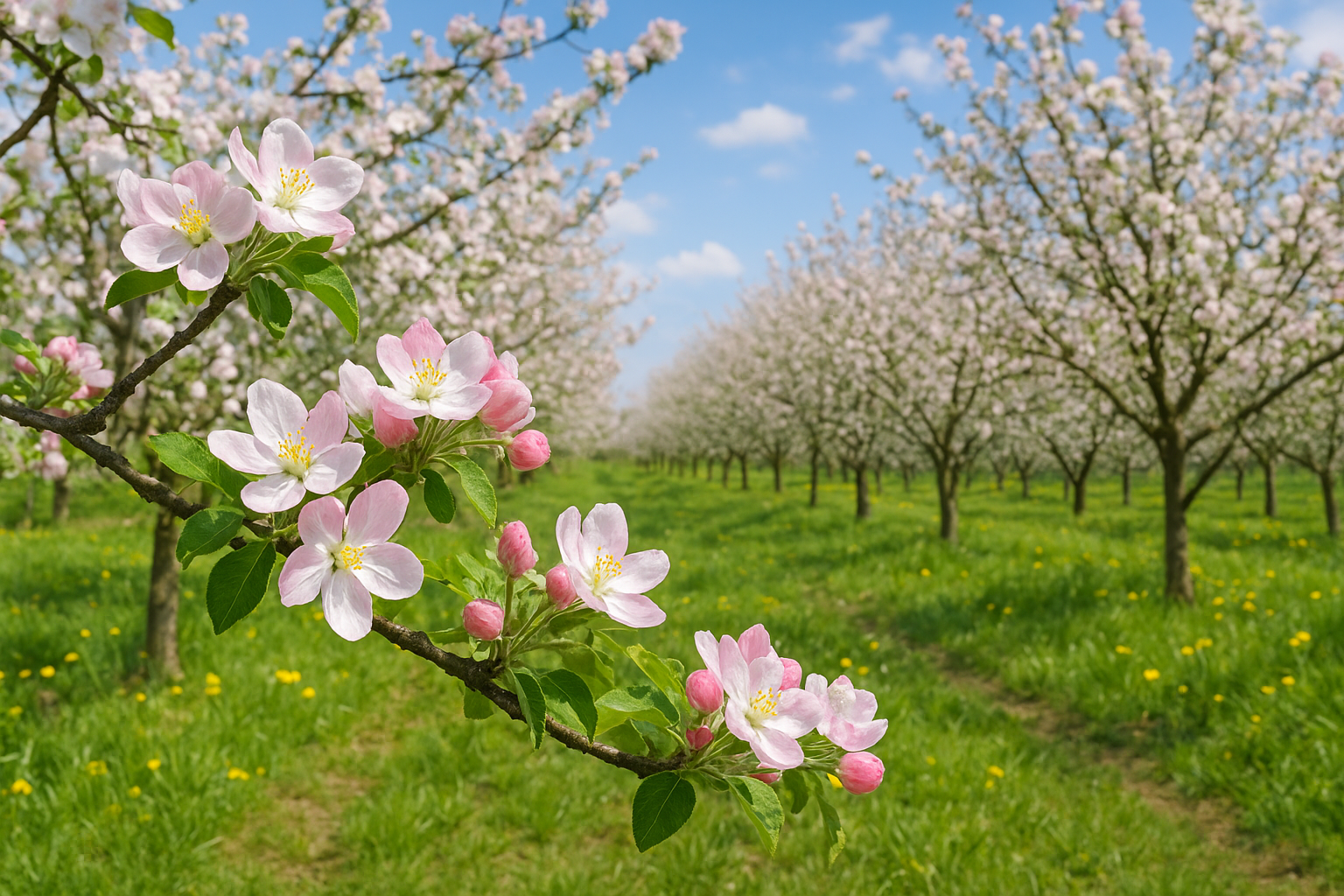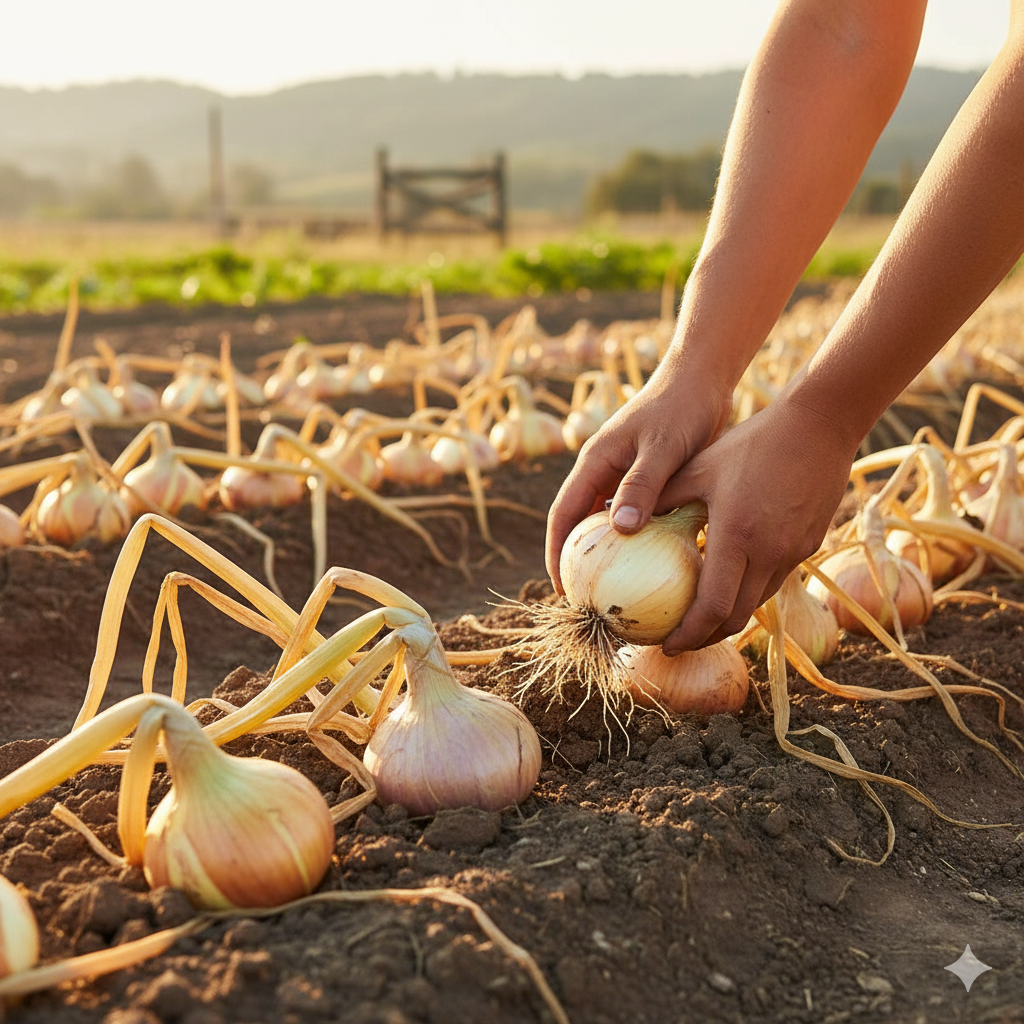There’s something magical about the moment apple trees burst into bloom. Those soft pink-and-white flowers don’t just mark the start of spring — they’re nature’s signal that apple season is officially on the way. Whether you’re a backyard gardener or just curious about the growing cycle, understanding when apple trees bloom can help you time pruning, pollination, and harvest perfectly.
Let’s dig into the blooming timeline, the stages of flower development, and how you can keep your apple trees thriving year after year.
🌸 When Do Apple Trees Bloom?
Apple trees typically bloom between April and June, depending on the variety and climate. In warmer zones, blossoms appear as early as March, while cooler regions might see blooms in late spring. These fragrant flowers are the first step toward fruit development — signaling the start of a new growth cycle.
🍏 When Do Apples Bloom by Climate Zone?
Apple trees are sensitive to temperature, sunlight, and local weather patterns. Here’s a rough guide to when you can expect blossoms across different climates:
- Warm regions (Zones 8–9): Late March to early April
- Mild temperate areas (Zones 6–7): Mid-April to early May
- Cool climates (Zones 4–5): Late May to early June
In the UK and northern US, bloom time often peaks around late April — right when bees start buzzing again.
💡 Fun fact: Some apple varieties, like ‘Gala’ and ‘Fuji,’ are early bloomers, while late-season ones like ‘Granny Smith’ take a few extra weeks.
🌿 Apple Tree Bud Stages Explained
Watching your apple tree move through its bud stages is like seeing nature unfold in slow motion. Here’s what to expect:
- Silver Tip: Buds swell and show silvery fuzz.
- Green Tip: Tiny green leaves peek through.
- Tight Cluster: Small flower clusters begin forming.
- Pink Stage: Buds develop pink tones — bloom is coming soon!
- Full Bloom: The tree bursts into clusters of delicate flowers, usually lasting 7–14 days.
- Petal Fall: Petals drop, and baby apples (fruitlets) start forming.
🌼 Pro tip: Document these stages each year — it helps predict harvest times and track overall tree health.
🍎 When Do Apple Trees Produce Fruit?
Apple trees typically produce fruit 100–150 days after blooming. So, if your tree blossoms in April, you can expect to harvest around September or October.
Pollination is key — most apple trees need another variety nearby for cross-pollination. Bees are the real MVPs here, transferring pollen between blossoms to trigger fruit growth.
If you notice flowers but no apples later, it’s often due to poor pollination or frost damage during bloom.
☀️ What Affects Bloom Timing?
Bloom time isn’t random — it’s influenced by several environmental and biological factors.
1. Temperature
Warm weather triggers earlier blooms, while cold snaps delay or even damage them. A late frost can ruin flower buds before they open.
2. Tree Variety
Different apple species bloom at different times. For instance, ‘Honeycrisp’ blooms mid-season, while ‘Fuji’ tends to bloom later.
3. Pruning and Care
Pruning your tree in late winter encourages new, healthy growth that supports more blossoms.
4. Sunlight Exposure
Apple trees need at least 6 hours of sunlight daily to develop strong buds and vibrant flowers.
5. Soil and Nutrition
Poor soil or nutrient deficiencies can stunt bloom development. Adding compost or a balanced fertilizer before spring can help.
✂️ How to Encourage Healthy Blossoms
If your apple tree isn’t blooming as much as you’d like, a few tweaks can make a big difference:
- Prune annually: Clear out dead branches and overcrowded spots to let sunlight in.
- Feed before spring: Use slow-release fertilizer to boost bud formation.
- Water regularly: Keep soil moist but not soggy — overwatering can suffocate roots.
- Promote pollinators: Plant lavender, daisies, or other bee-attracting flowers nearby.
- Control pests early: Watch for aphids or leafrollers before bloom season hits.
Think of this care routine as your apple tree’s version of spring prep — a little grooming goes a long way.
🌼 Signs Bloom Season Is Near
Before those pink blossoms appear, look for these early clues:
- Buds begin to swell and change color
- Tiny leaves start to form around bud tips
- Bees and butterflies return to your garden
- A faint sweet fragrance lingers near the branches
It’s a subtle but beautiful transformation that builds up to full bloom.
🌬️ Common Problems That Delay Bloom
Sometimes your apple tree just refuses to flower — here’s why:
- Late frost damage kills young buds.
- Excessive nitrogen (from lawn fertilizers) promotes leaves, not flowers.
- Tree is too young: Most apple trees need 2–5 years before they start blooming.
- Improper pruning: Cutting off fruiting spurs can delay blossoms for a year.
If your tree skips a year, don’t panic — alternate blooming cycles are common.
🌷 How Long Do Apple Blossoms Last?
Apple blossoms stay open for 7–10 days on average. Wind, rain, and temperature fluctuations can shorten this window, while calm, sunny weather can extend it.
During this period, pollination must occur — so this short bloom time is the most critical part of the apple tree’s entire year.
💬 Quick FAQs
When do apples bloom?
Most apple trees bloom between April and May, depending on the variety and climate.
How long do apple trees bloom?
Usually for one to two weeks.
Do all apple trees blossom every year?
Yes — but if they’re stressed or pruned too late, blooms may be reduced.
When do apple trees produce fruit after blooming?
Around 3–5 months after flowering.
What do apple tree flowers look like?
Apple blossoms are small, five-petaled, and typically white with pink undertones.
🌳 Why Understanding Bloom Time Matters
Knowing your tree’s bloom schedule helps you plan for pruning, fertilizing, and harvesting. It’s also essential for pollination timing, ensuring your apple crop reaches full potential.
When you understand your tree’s rhythm, you can sync your garden care — from soil prep to pest control — to support every stage.
🌼 Final Thoughts
When apple trees bloom, it’s more than just a pretty sight — it’s nature’s way of saying, “Good things are growing.” Each petal is a promise of fruit, fragrance, and flavor to come.
Keep track of your bloom patterns, support pollinators, and your apple trees will reward you with vibrant blossoms and baskets of fruit each fall.
And if you love learning when your crops are ready, check out How to Tell When Onions Are Ready to Harvest — another must-read for garden timing enthusiasts. For hands-on outdoor maintenance tips, our How to Clip Chicken Wings the Right Way post shares smart ways to keep your homestead thriving.











